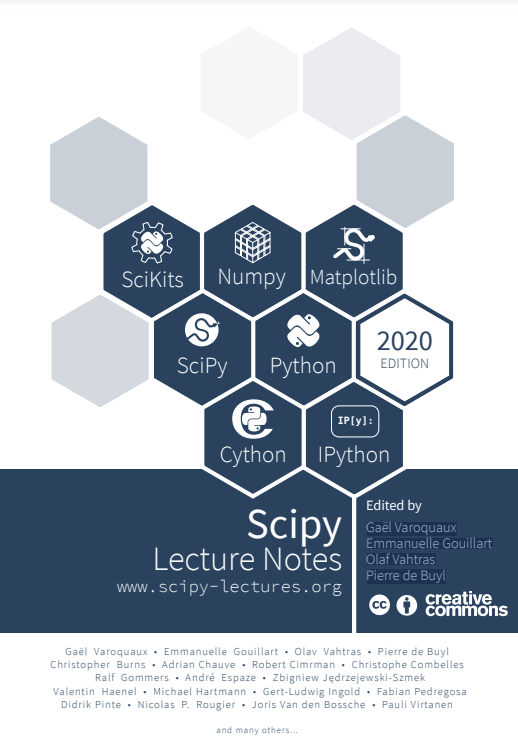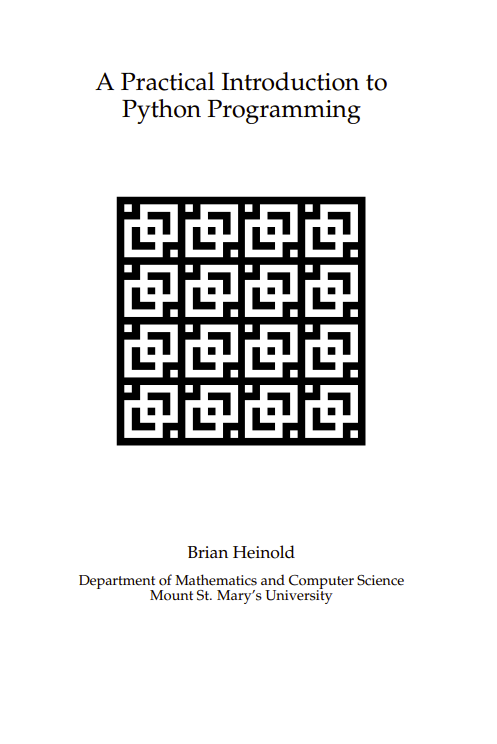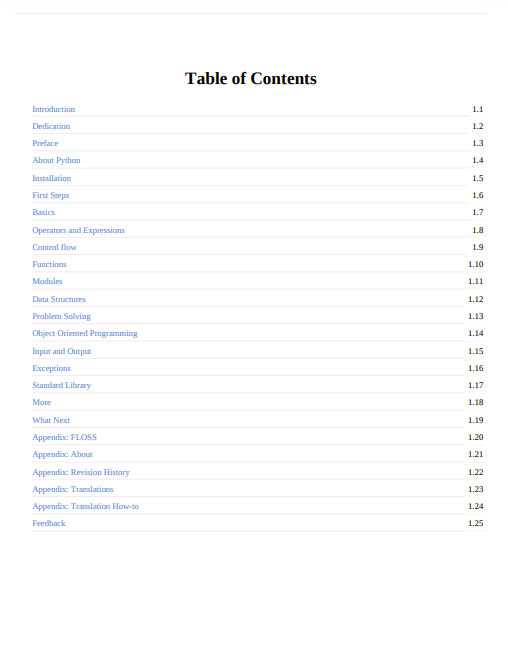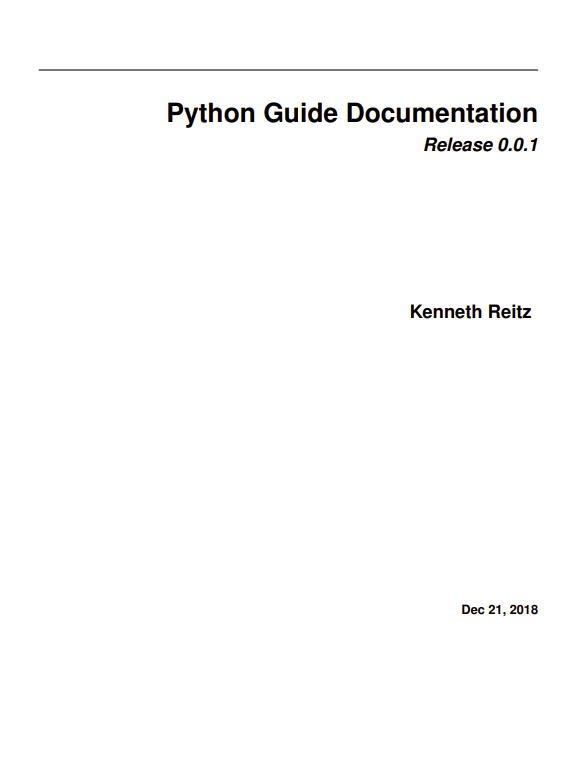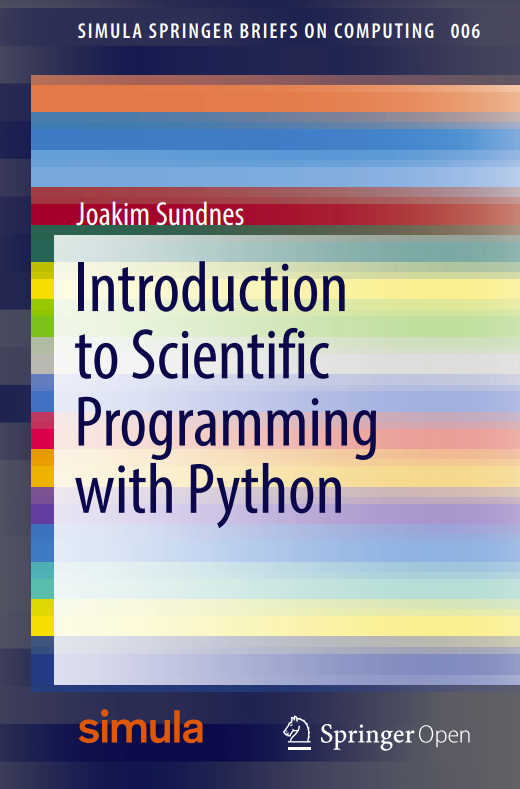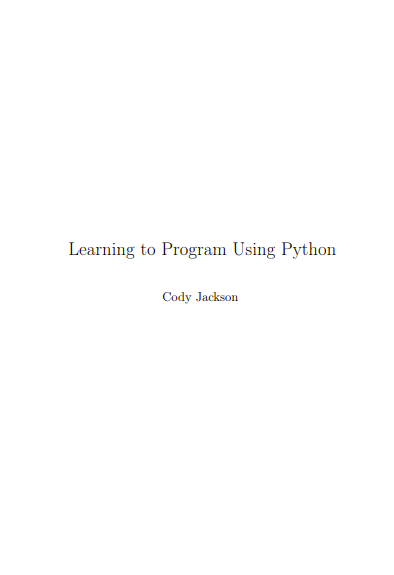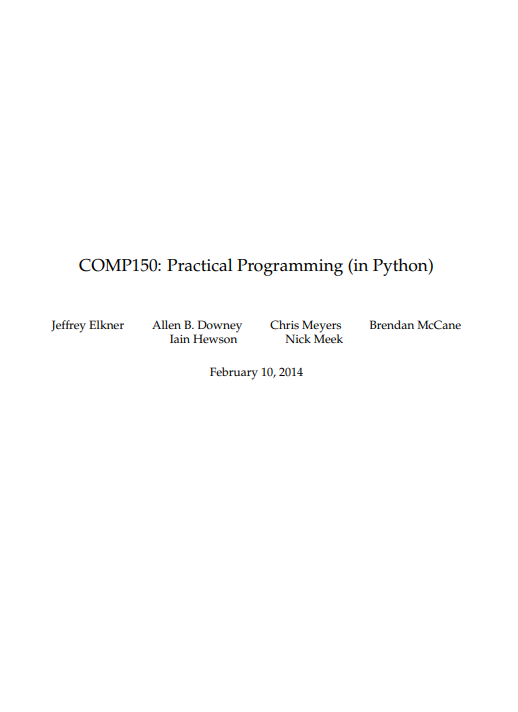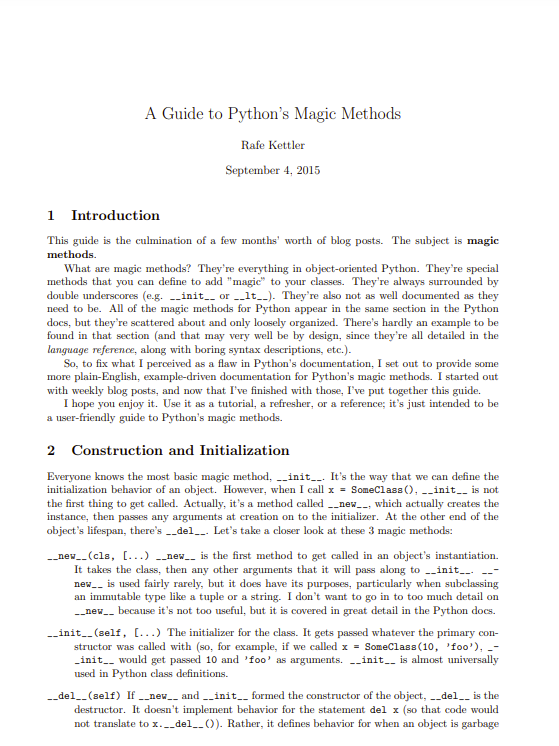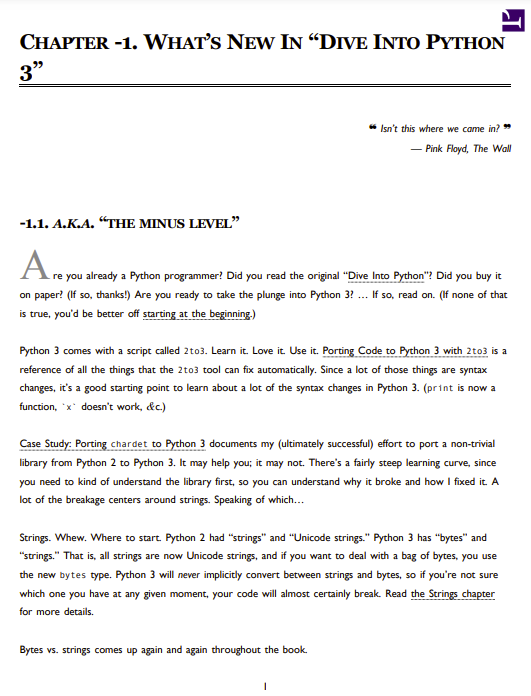The scientist’s needs
- Get data (simulation, experiment control),
- Manipulate and process data,
- Visualize results, quickly to understand, but also with high-quality figures, for reports or publications.
1.1.2 Python’s strengths
- Batteries included Rich collection of already existing bricks of classic numerical methods, plotting or data processing tools. We don’t want to re-program the plotting of a curve, a Fourier transform or a fitting algorithm. Don’t reinvent the wheel!
- Easy to learn Most scientists are not paid as programmers, neither have they been trained so. They need to be able to draw a curve, smooth a signal, do a Fourier transform in a few minutes.
- Easy communication To keep code alive within a lab or a company it should be as readable as a book by collaborators, students, or maybe customers. Python syntax is simple, avoiding strange symbols or lengthy routine specifications that would divert the reader from a mathematical or scientific understanding of the code.
- Efficient code Python numerical modules are computationally efficient. But needless to say that a very fast code becomes useless if too much time is spent writing it. Python aims for quick development times and quick execution times.
- Universal Python is a language used for many different problems. Learning Python avoids learning a new software for each new problem.
